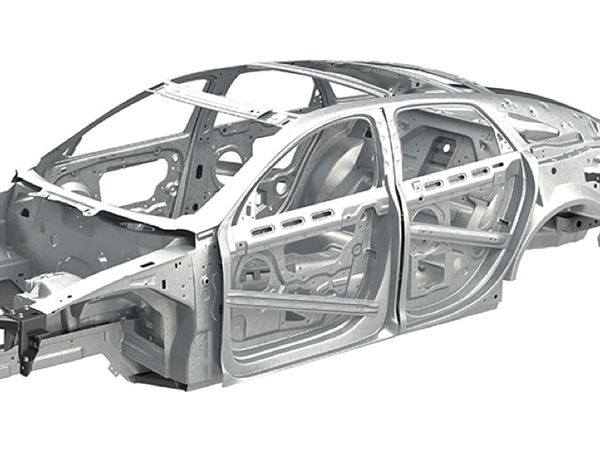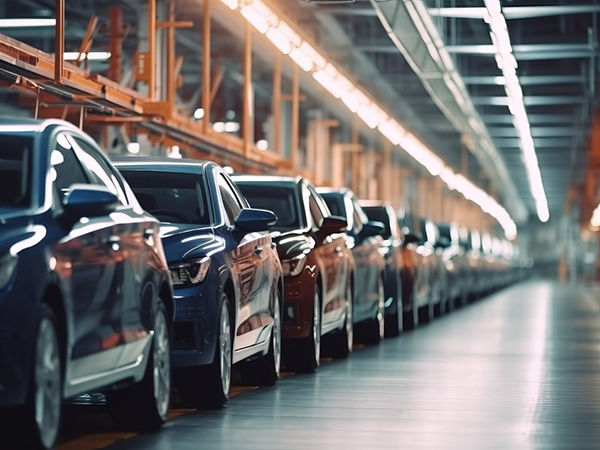Automotive steel has a high strength-to-weight ratio, which allows automakers to build lighter but stronger cars. This means that the vehicle can withstand greater forces without compromising its structural integrity. In addition, automotive steel also has excellent collision resistance, as it is able to absorb the energy generated during the impact process by deforming or bending before breaking. Essentially, this helps reduce the risk of passengers being injured in the event of a collision.
Cold-Formed Steel (CFS) structures have become increasingly popular in the automotive industry due to their exceptional strength-to-weight ratio, versatility, and cost-effectiveness. This innovative approach involves shaping steel sheets into structural members at room temperature, a process that enhances their mechanical properties and allows for intricate designs. As the automotive sector continually seeks to improve vehicle performance, safety, and fuel efficiency, the adoption of CFS technology has become a pivotal strategy. This technology not only supports the industry’s sustainability goals by reducing vehicle weight and, consequently, emissions but also opens up new avenues for design and engineering.

The use of CFS Structures in automotive design brings several key benefits. Firstly, the lightweight nature of CFS contributes significantly to fuel efficiency, a critical factor in today’s environmentally conscious market. By reducing the overall weight of the vehicle, manufacturers can achieve better mileage, which is both economically beneficial and environmentally friendly. Secondly, the strength and durability of CFS components ensure enhanced vehicle safety. These structures can absorb impacts more effectively, providing better protection to passengers during collisions. Lastly, the flexibility in design afforded by CFS technology allows for the creation of complex shapes and forms, enabling automotive designers to push the boundaries of innovation and aesthetics.

The future of Cold-Formed Steel Structures in the automotive industry looks promising, with ongoing advancements in manufacturing technologies and material sciences. As the industry moves towards electric vehicles and autonomous driving, the demand for lightweight, strong, and versatile materials like CFS is expected to grow. Moreover, the potential for recycling and reusing steel makes CFS an attractive option for sustainable vehicle design. With continuous improvements in CFS production techniques, such as enhanced precision and reduced waste, this material is set to play a crucial role in the evolution of automotive design and manufacturing, driving the industry towards a greener, more efficient future.